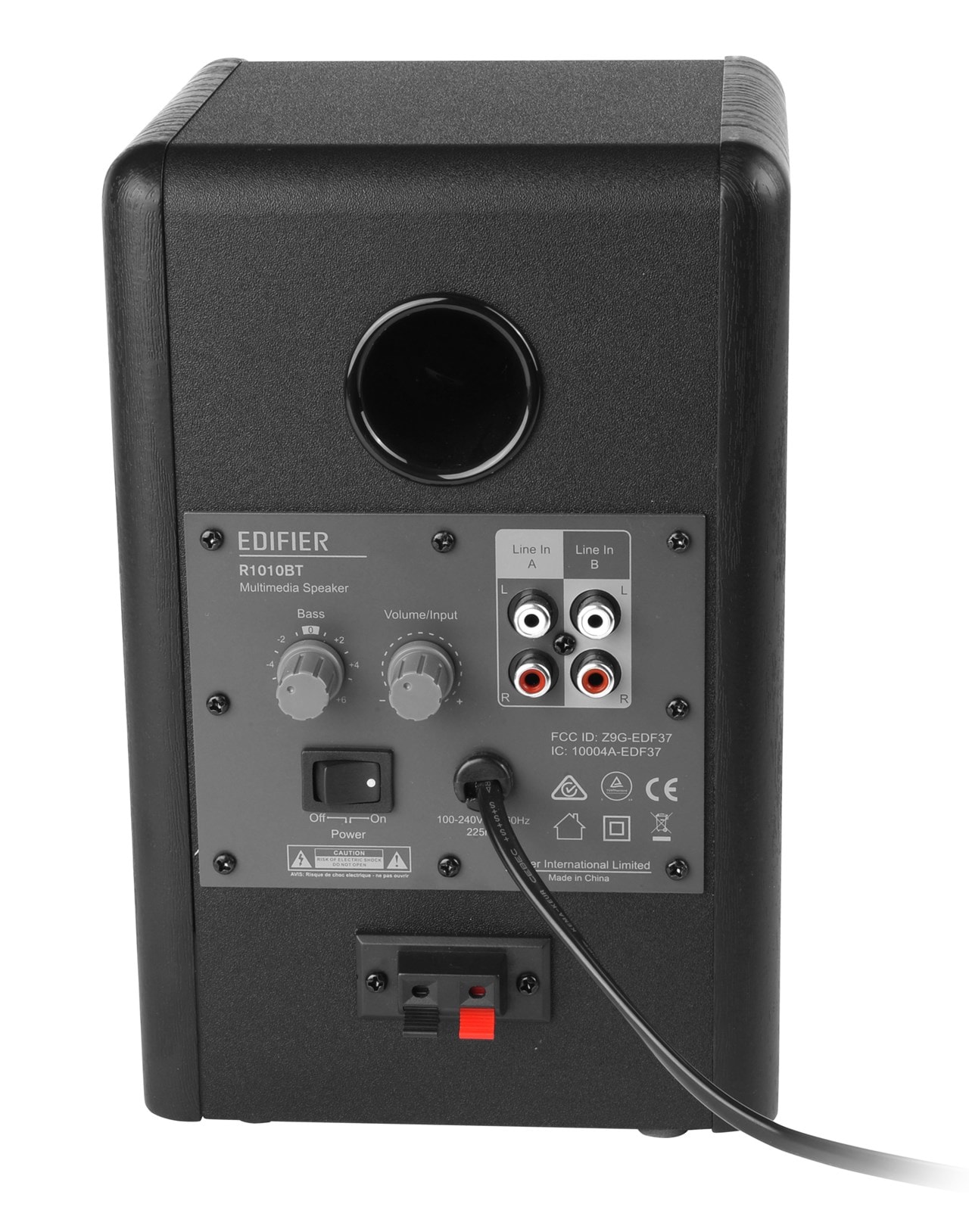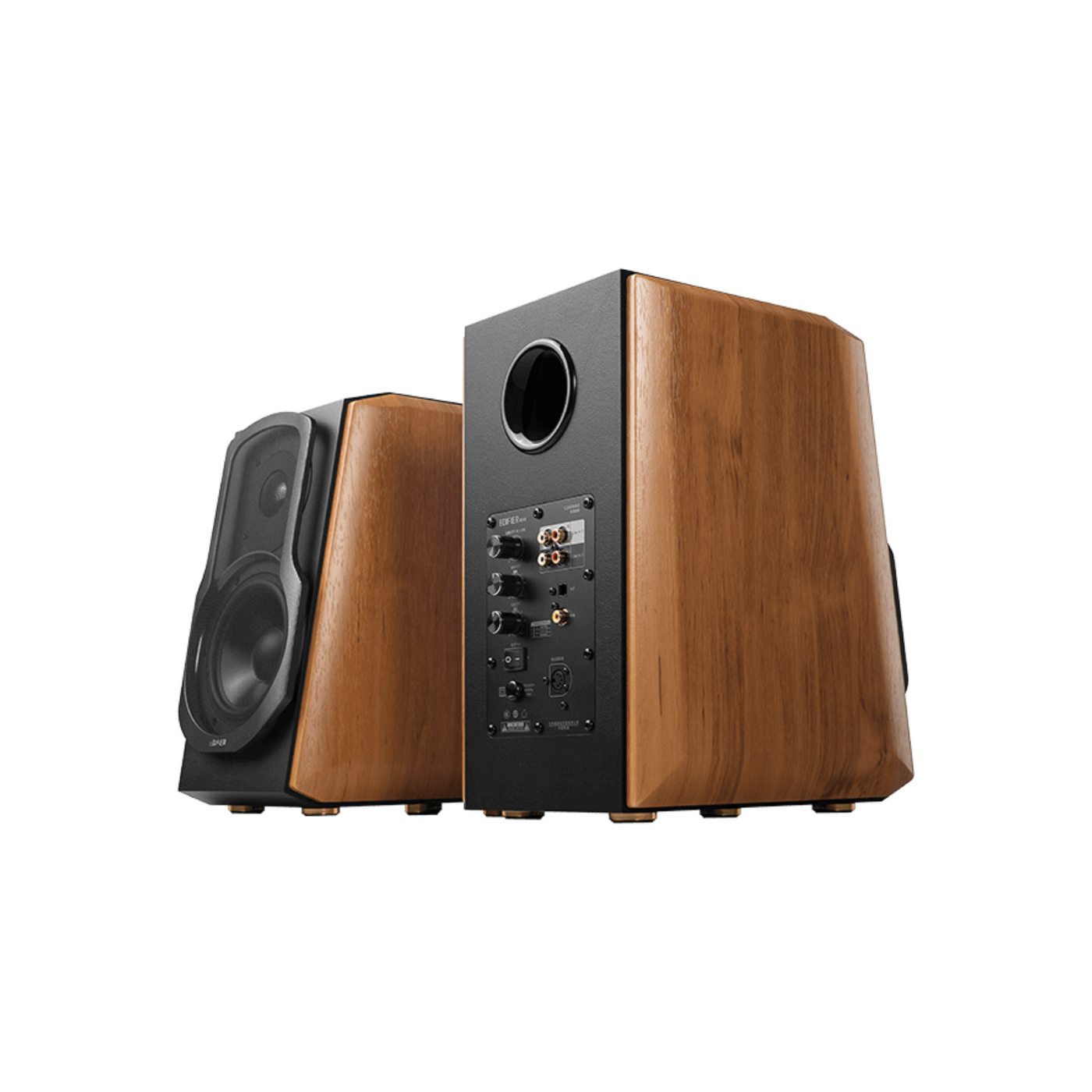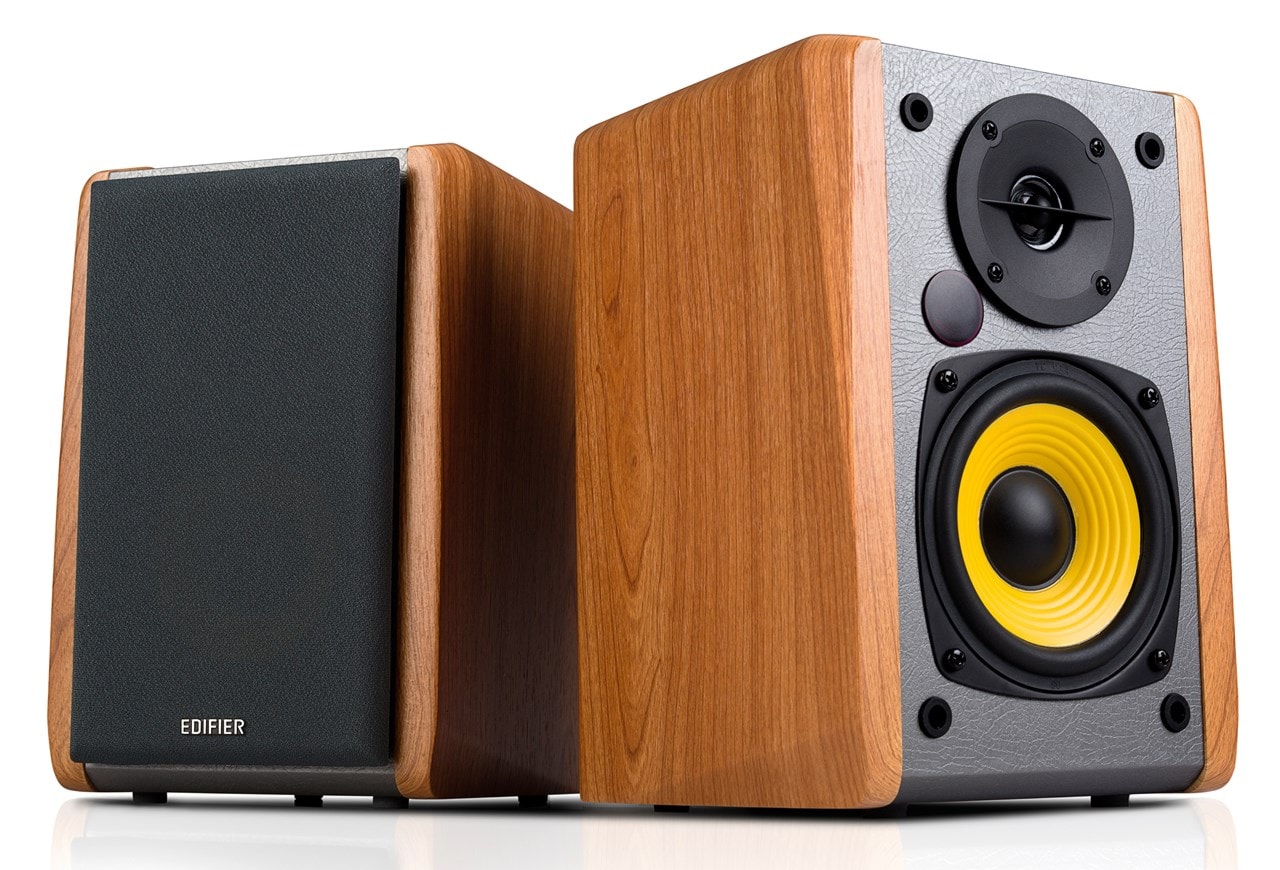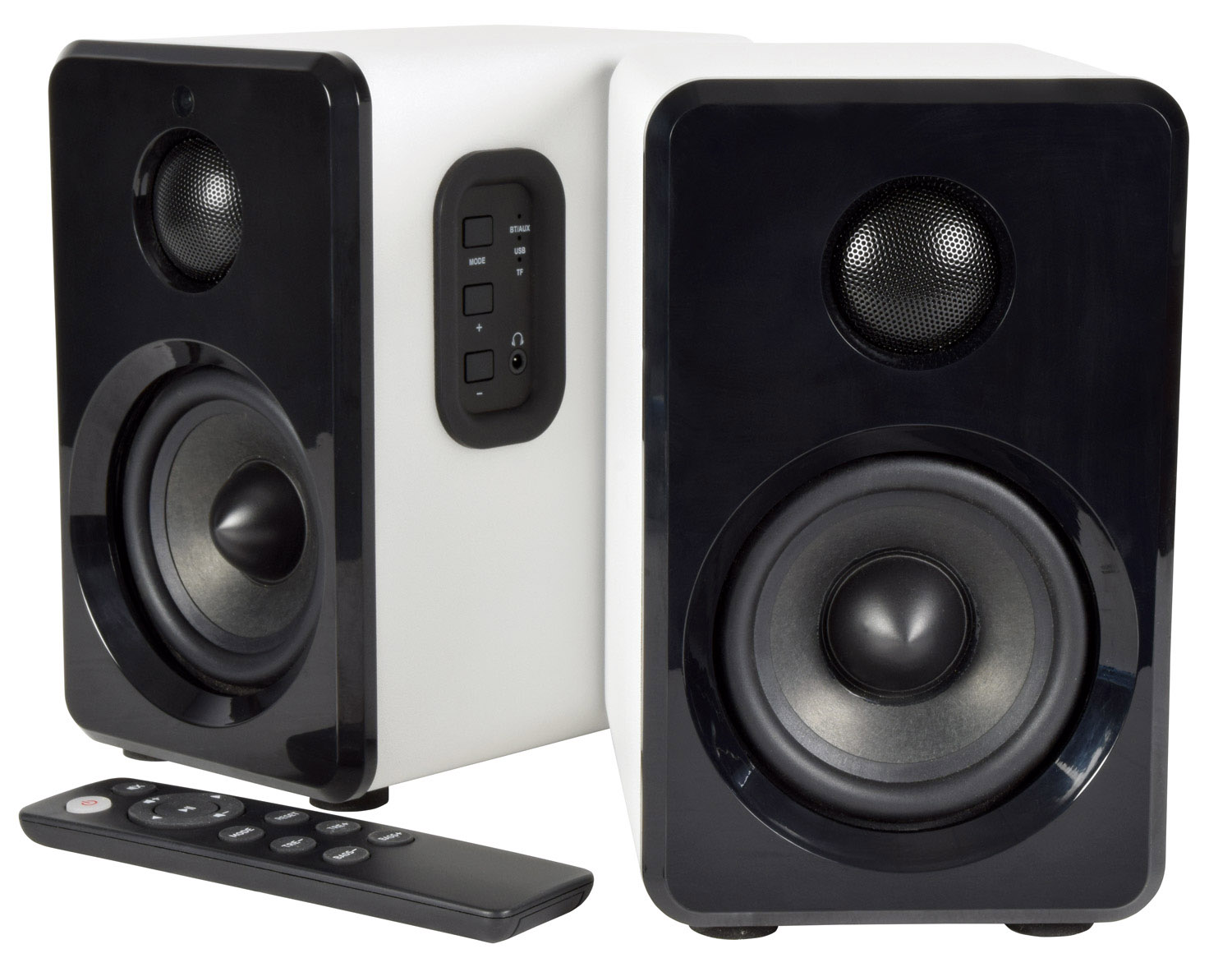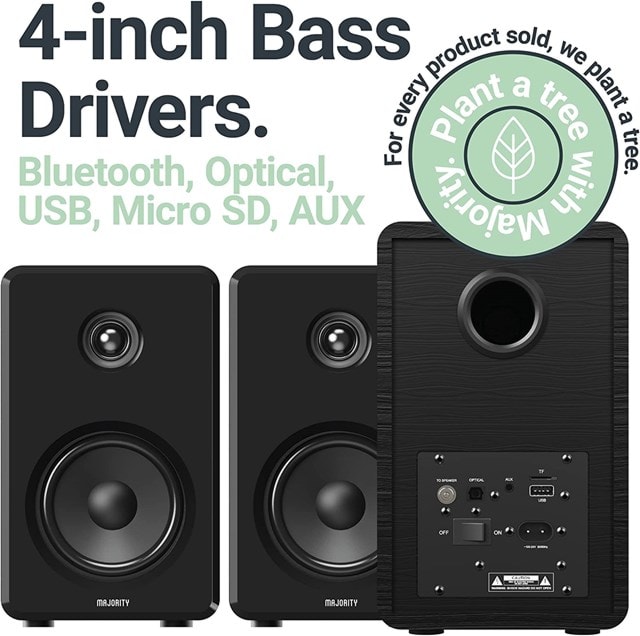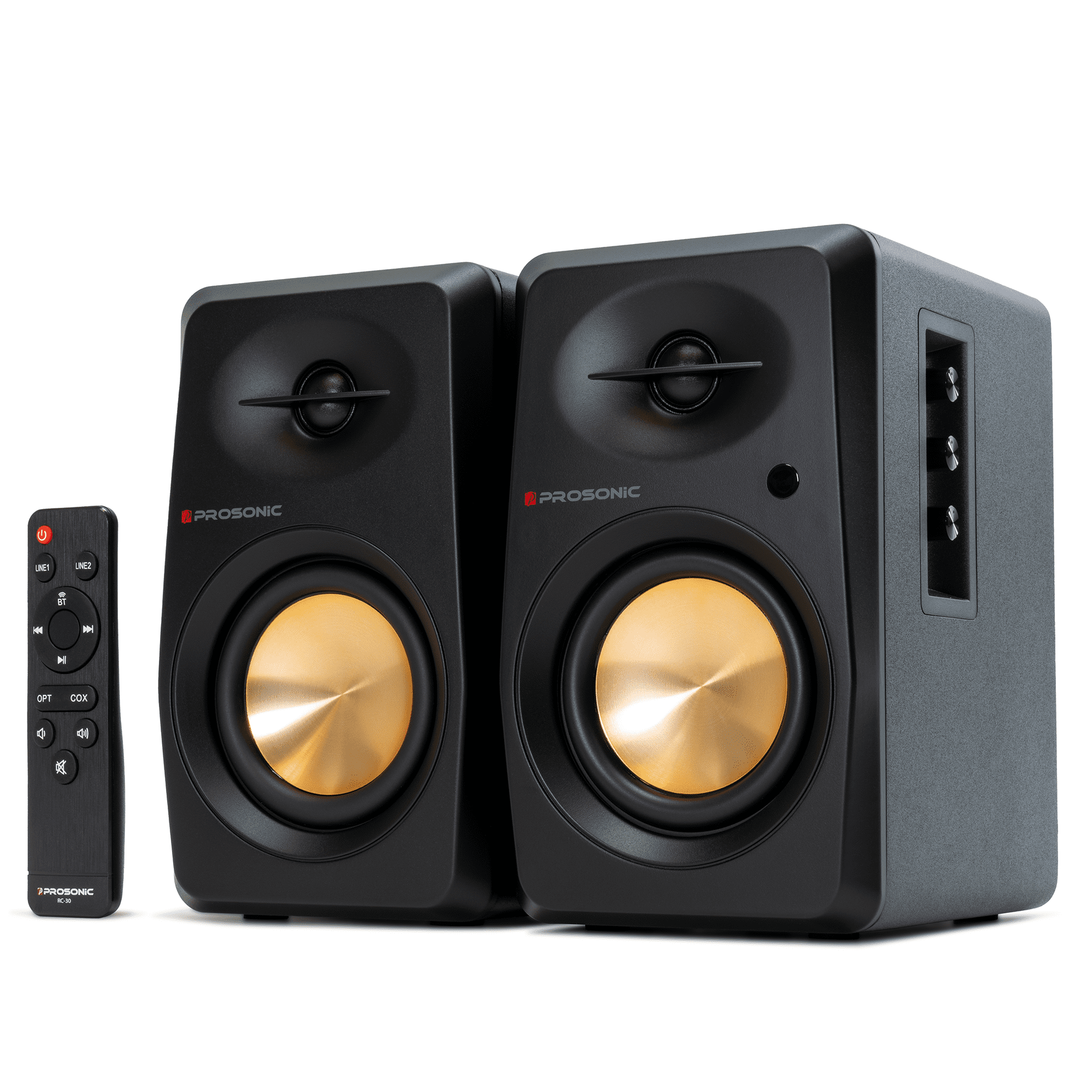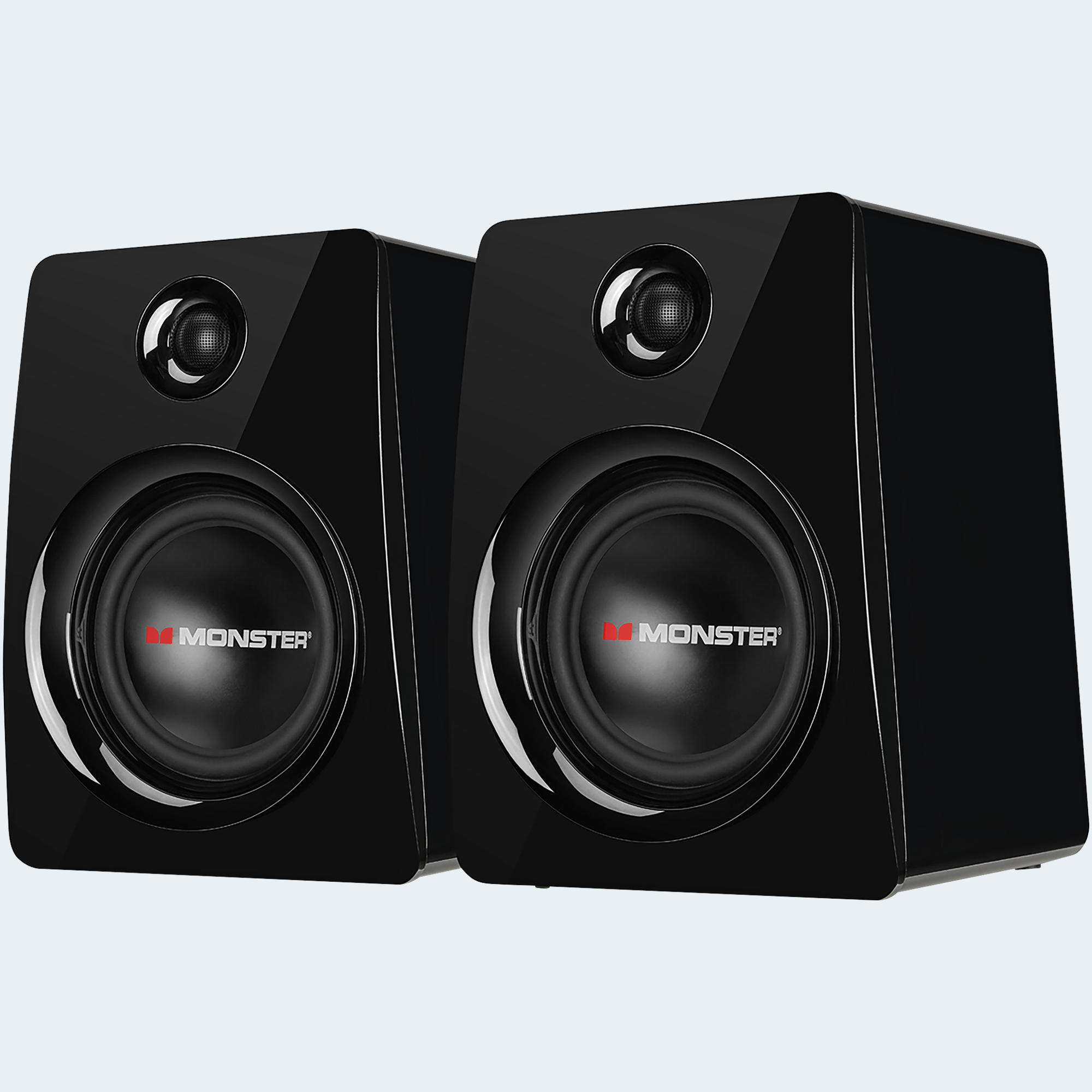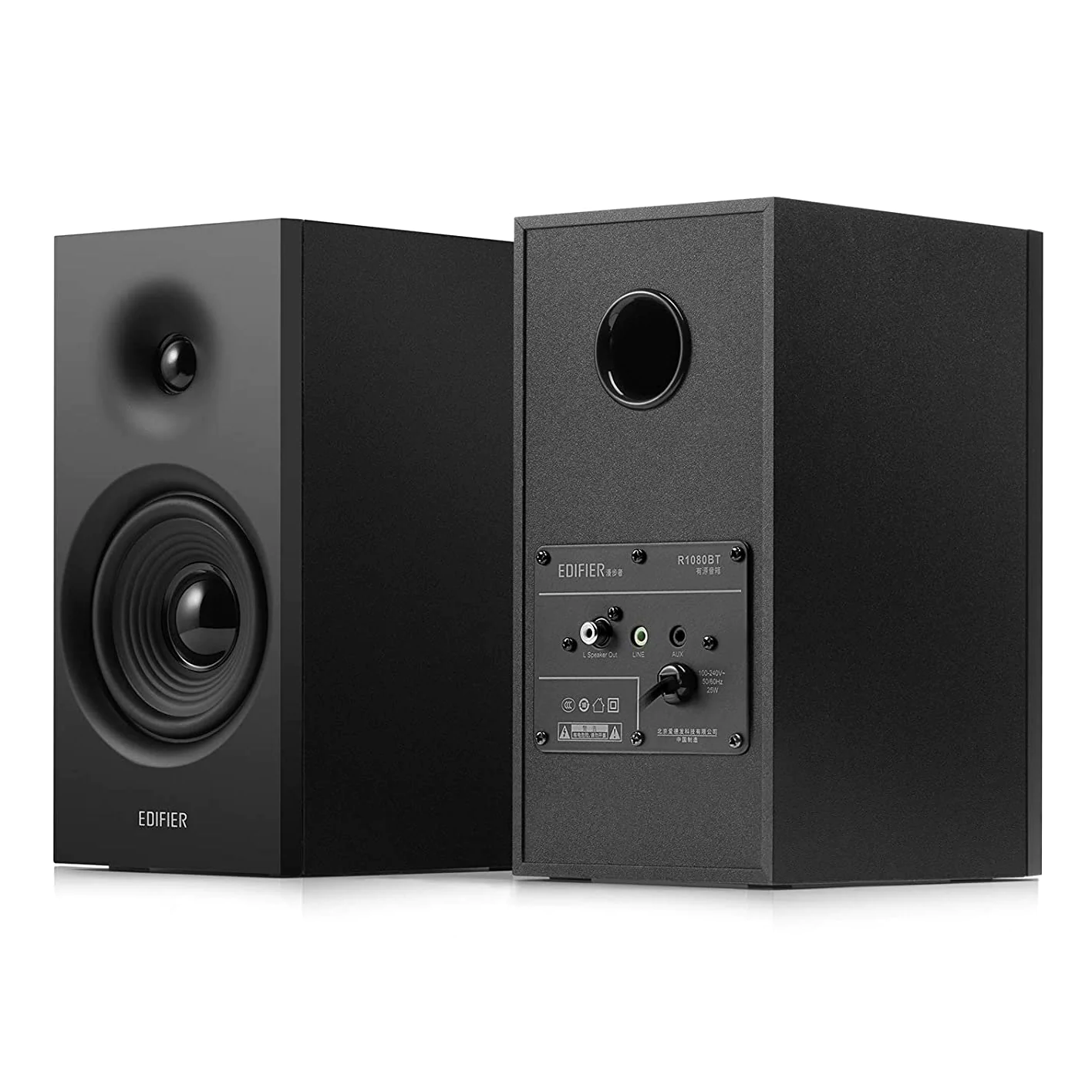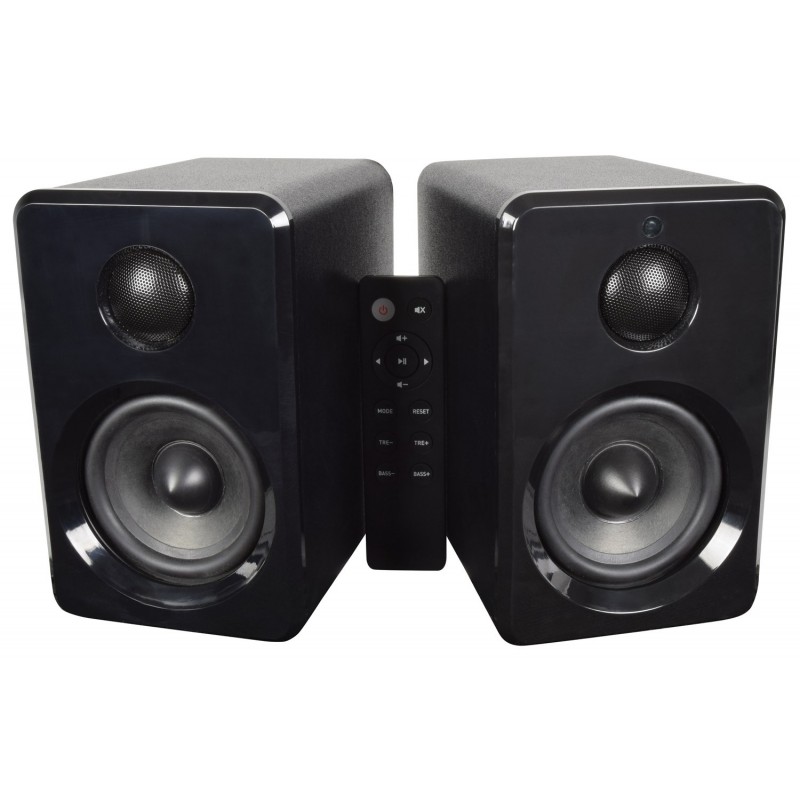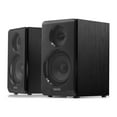Active Bluetooth Bookshelf Speakers

The humble bookshelf speaker, once tethered by wires to dedicated amplifiers, is undergoing a silent revolution. Fueled by advancements in Bluetooth technology and integrated amplification, active Bluetooth bookshelf speakers are rapidly gaining popularity, threatening the dominance of traditional passive setups and changing the landscape of home audio.
Active Bluetooth bookshelf speakers, which integrate amplifiers directly into the speaker enclosure, offer a streamlined and convenient listening experience. This article delves into the rise of these speakers, examining their advantages, potential drawbacks, and the impact they're having on the audio industry.
The Allure of Convenience and Connectivity
The primary driver of the active Bluetooth bookshelf speaker's popularity is its ease of use. Unlike passive speakers which require an external amplifier, these speakers are essentially plug-and-play.
Simply connect them to a power source and pair them with a Bluetooth-enabled device like a smartphone, tablet, or computer.
This simplicity appeals to a broad audience, especially those new to high-quality audio or those seeking a minimalist setup.
Space Saving and Aesthetic Appeal
Beyond convenience, active Bluetooth speakers offer significant space-saving advantages. The elimination of a separate amplifier reduces clutter and frees up valuable shelf or desk space.
Many manufacturers are also prioritizing design, creating sleek and stylish speakers that blend seamlessly into modern living spaces.
This combination of functionality and aesthetics is attracting a design-conscious consumer base.
Performance Considerations
While convenience is a major selling point, the performance of active Bluetooth speakers is also improving rapidly. Integrated amplifiers are becoming more efficient and powerful, allowing for impressive sound quality from relatively small enclosures.
Many models now support high-resolution audio codecs like aptX HD and LDAC, delivering a more detailed and nuanced listening experience than standard Bluetooth.
Some speakers also include additional inputs like RCA, optical, and USB, allowing for connection to a wider range of audio sources.
Potential Drawbacks and Limitations
Despite their growing appeal, active Bluetooth bookshelf speakers aren't without limitations. Some audiophiles argue that the integrated amplifier, while convenient, may not offer the same level of sonic control or power as a dedicated high-end amplifier.
Furthermore, relying solely on Bluetooth can introduce potential issues like latency or signal interference, although these are becoming less common with newer Bluetooth standards.
Replacing just one speaker instead of a separate amplifier and speaker is more complex.
The Price Factor
While some entry-level active Bluetooth speakers are quite affordable, high-end models can be surprisingly expensive. This is due to the cost of integrating the amplifier, Bluetooth module, and other components into the speaker enclosure.
Consumers should carefully compare prices and features before making a purchase, considering the long-term value and potential upgrade paths.
Impact on the Audio Industry
The rise of active Bluetooth bookshelf speakers is disrupting the traditional audio industry. Established speaker manufacturers are adapting by releasing their own active models, while new companies are focusing exclusively on this market segment.
This competition is driving innovation and pushing the boundaries of what's possible in terms of sound quality, features, and design.
The shift towards wireless audio is also forcing amplifier manufacturers to rethink their strategies and explore new technologies like streaming and digital signal processing.
The Future of Bookshelf Speakers
Looking ahead, the trend towards active Bluetooth bookshelf speakers is likely to continue. As Bluetooth technology improves and integrated amplifiers become more sophisticated, these speakers will become even more compelling alternatives to traditional passive setups.
We can expect to see further advancements in areas like spatial audio, voice control integration, and multi-room streaming, blurring the lines between traditional hi-fi systems and smart home devices.
Ultimately, the future of bookshelf speakers is likely to be wireless, convenient, and packed with features, catering to a new generation of audio enthusiasts.
According to a recent report by Market Insights Reports, the Bluetooth Speakers market is expected to grow at a CAGR of 11.2% between 2024 and 2030, highlighting the strong growth potential of this segment.
"The demand for wireless audio solutions is increasing rapidly, and active Bluetooth bookshelf speakers are perfectly positioned to capitalize on this trend," said John Smith, a senior analyst at AudioTech Research.
